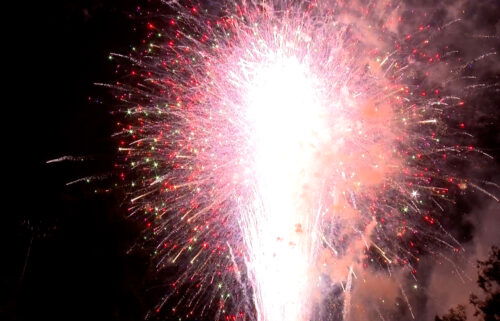FAQs About The Iowa Caucus
Some questions and answers about the Jan. 3rd caucuses:
— It’s a party meeting at the precinct level at which citizens express their candidate preferences and pick delegates to their county conventions.
The Iowa meetings are held in each of the state’s nearly 1,800 precincts. They typically draw anywhere from a handful of people in rural areas to hundreds in suburban areas.
— Anyone old enough to vote in the November general election and is a member of the party is eligible. Traditionally, only a small number of Iowans show up.
This year, about 120,000 to 150,000 people are expected to vote in the Democratic caucuses, while 80,000 to 90,000 are likely to participate in the GOP contest.
— The caucus vote is considered a sign of a candidate’s organizational strength. Each candidate courts politicians and activists at the state and local level in hopes of getting strong numbers of supporters to show up and participate.
At the same time, the event allows candidates to develop and hone their message before relatively small groups.
— Delegates chosen at the caucuses go to the county convention later in the year. There, the field is winnowed and delegates are chosen for the district convention. This happens again at district meetings and again at the state convention, where delegates are named to attend the party’s national convention.
— The Republicans essentially hold a straw poll – a head count – at their precinct caucuses, reporting real numbers. One head, one vote.
— The Democrats do not report straight numbers, but use a mathematical formula to determine support for a candidate in percentages. A candidate must have the support of 15 percent of those present at any meeting, precinct caucuses through the state convention, to remain “viable.”
— Yes. The Associated Press and the television networks will survey voters as they enter caucus sites. Those surveys will give insight into what issues and qualities motivated Iowans to vote for a specific candidate.
— A commission appointed after the riots disrupted the 1968 Democratic National Convention recommended proportionate representation and affirmative action. Iowa Democrats decided to use new rules in 1972, adopting a rule that there must be a month between the various events — the caucuses, county, district, state and national conventions. The caucuses therefore can be held as early as January.
(Copyright 2008 by The Associated Press. All Rights Reserved.)



